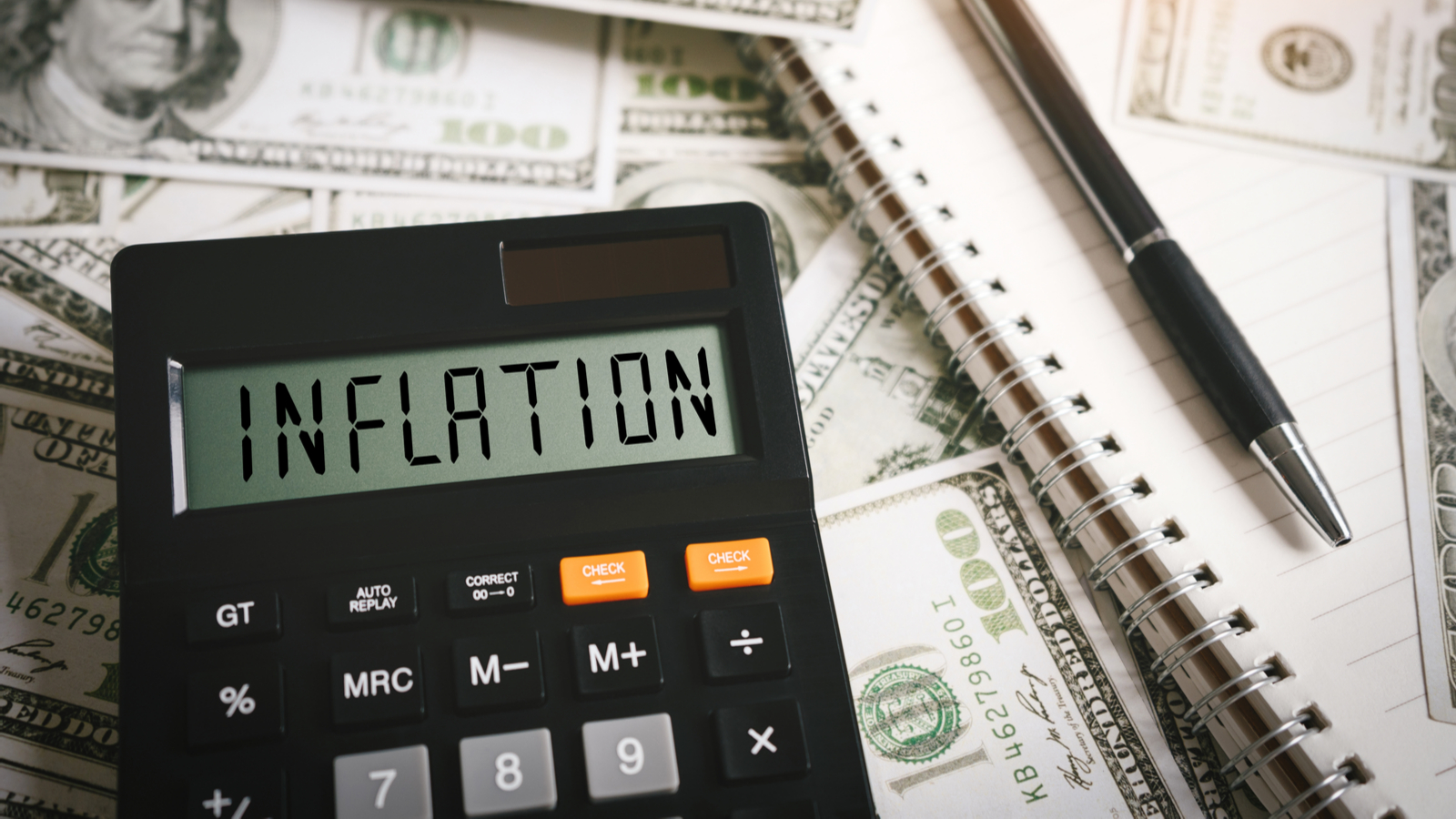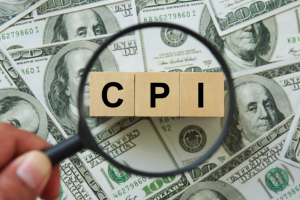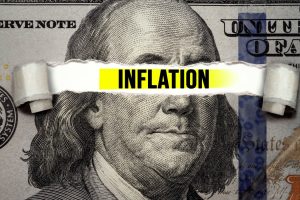
The CPI comes in below estimates … don’t hold out hope for lower mortgage rates … home prices are back to setting new highs … what will Q2 earnings season bring?
We received great news this morning with the softest Consumer Price Index (CPI) reading since March of 2021.
Here’s CNBC with the details:
Inflation fell to its lowest annual rate in more than two years during June, the product both of some deceleration in costs and easy comparisons against a time when price increases were running at a more than 40-year high.
The consumer price index, which measures inflation, increased 3% from a year ago, which is the lowest level since March 2021.
On a monthly basis, the index, which measures a broad swath of prices for goods and services, rose 0.2%.
That compared with Dow Jones estimates for respective increases of 3.1% and 0.3%.
Even core CPI, which strips out volatile food and energy prices, came in lower than expected. It rose 4.8% on the year and 0.2% for the month, compared with estimates of 5% and 0.3%, respectively.
Let’s jump to legendary investor Louis Navellier for his reaction. From this morning’s Flash Alert podcast from Growth Investor:
Overall, great, great numbers…
Tomorrow, we’re going to get the Producer Price Index, which should be much lower, as it’s been three out of the last four months.
So, all in, very good inflation news.
We share Louis’ excitement about these cooler numbers, but the real question is “does the Fed?”
As we’ve noted here in the Digest, though the Fed factors CPI data into its policy decisions, its preferred measure of inflation is the Core Personal Consumption Expenditures (PCE) Index. And while CPI has been dropping substantially in recent months, Core PCE has remained stubbornly elevated.
This is a contributing reason to why the CME Group’s FedWatch Tool still puts the odds of a quarter-point rate-hike from the Fed two weeks from today at 94.9%.
The murkier issue is what the Fed will do in September (it doesn’t meet in August).
As I write, traders are putting an 85.9% probability on a target rate of 5.25% – 5.50%, which implies that if the Fed does hike in two weeks, it will revert to another pause in September.
As Louis noted, we’ll get more color on inflation with tomorrow’s Producer Price Index report.
Related to the Fed’s interest rate policy, if you’re still holding out for a return to 3% mortgages, get used to disappointment
Even if the Fed cuts rates by the end of the year (which isn’t the majority expectation today), experts believe the wonderfully low mortgage rates from the pandemic days aren’t coming back.
Meanwhile, you know what else doesn’t appear to be coming back?
Lower home prices.
It’s a toxic combination for frustrated would-be homebuyers who have been holding out hope for a return of housing affordability.
As to a “new normal” of elevated mortgage rates, here’s Lawrence Yun, chief economist at the National Association of Realtors:
One can never truly predict the future, but I don’t see mortgage rates returning back to the 3% range in the remainder of my lifetime.
Unfortunately, the data support Yun’s takeaway.
From 1971 through this year, the 30-year fixed rate mortgage has average 7.74%. So, all you homeowners who locked in that 2.65% rate in January of 2021 – congrats, you won the lottery.
Today’s would-be homebuyer is having to adjust to a “new normal” of mortgage rates that are almost 3X that historic low. According to Mortgage News Daily, the average rate of a 30-year fixed rate mortgage recently hit 7.22%.
Here’s Robert Reffkin, the CEO of Compass Real Estate:
Earlier this year I shared that I believed 6% mortgage rates were accepted as the new normal.
I think now we’re in an environment where 7% mortgage rates are now the new normal, and people are accepting it.
There may be some mild relief coming. The National Association of Realtors forecasts an average rate of 6% by the end of 2023. Fannie Mae has the same projection. And the Mortgage Bankers Association puts its estimate slightly lower at 5.8%.
But whatever relief there might be in slightly lower mortgage rates is at risk of being wiped out by a reversal in home prices
Remember when the idea was that the 40% surge in home prices following the pandemic couldn’t last, and prices would crash?
For example, here’s a headline from Benzinga:
‘Rich Dad, Poor Dad’ Author Warns of ‘Greatest’ Real Estate Crash Ever: ‘2023 Will make 2008 Look Like Nothing’
Not so much.
Here’s a new CNBC headline for you, from Monday:
Home prices are hitting new highs again, as high rates put the squeeze on supply
Though prices inched lower between last summer and the beginning of the year, they’ve been climbing since January.
This is happening as would-be homebuyers begrudgingly accept the reality of “the new normal” in mortgage rates and wade back into a market with shockingly low inventory.
As we’ve detailed here in the Digest, existing homeowners who are sitting on those fantastic, sub-3% mortgages simply don’t want to sell their homes in this climate. Translation – a record-low number of existing homes available for purchase.
Unfortunately, that means we’re back to one thing…
Bidding wars.
From CNBC:
Bidding wars are clearly coming back, even if affordability is taking a hit.
As of June 22, with 30-year rates at 6.67%, it required $2,258 per month in principal and interest to make the monthly payment on a median-priced home with 20% down and a 30-year mortgage, according to Black Knight.
That is the highest such payment on record, marginally higher than the $2,234 required back in October.
By the way, don’t think the Fed isn’t watching these home prices with some concern (shelter costs make up about one-third of the entire CPI reading).
Here’s Yahoo! Finance:
The Federal Reserve may have a new problem: The housing market’s recent reversal could keep inflation from coming down as much as the central bank wants.
The latest data shows that more homebuyers are coming into the market, while for-sale inventory continues to shrink. As a result, home prices — which affect a major factor in the government’s inflation measure — have unexpectedly ticked higher month over month since the beginning of the year.
Keep in mind that shelter costs are a lagging indicator in terms of when they show up in the CPI print. So, look for today’s rising home prices to be an upward influence on CPI come this fall.
Finally, Q2 earnings season begins this week and analysts have been doing their part to help companies beat estimates by lowering the bar
From FactSet, which is the go-to earnings data analytics group used by the pros:
Earnings Decline: For Q2 2023, the estimated earnings decline for the S&P 500 is -7.2%.
If -7.2% is the actual decline for the quarter, it will mark the largest earnings decline reported by the index since Q2 2020 (-31.6%).
Earnings Revisions: On March 31, the estimated earnings decline for Q2 2023 was -4.7%.
Seven sectors are expected to report lower earnings today (compared to Mar. 31) due to downward revisions to EPS estimates.
But if we can make it through this earnings season without too many bruises, then the analyst community is going “full bull.”
FactSet reports that, on average, industry analysts predict the S&P 500 will increase 9.3% over the next 12 months. This is even after the 15%ish gain the S&P has enjoyed so far here in 2023.
Now, while 9% gains sound good, the real question is “how evenly spread will those S&P gains be?”
As we’ve noted here in the Digest, the “Magnificent Seven” stocks and their amazing performance in 2023 has single-handedly pulled up the performance of the entire S&P Index.
Specially, without the gains of Alphabet, Microsoft, Amazon, Apple, Meta, Tesla, and Nvidia, the S&P wouldn’t be up 15% right now…it would be slightly underwater.
So, if you want that “average” forecast of a 9% S&P return over the next 12 months but you’re not concentrated in Big Tech/AI, you might be disappointed.
We’ll keep you updated here in the Digest.
Have a good evening,
Jeff Remsburg





